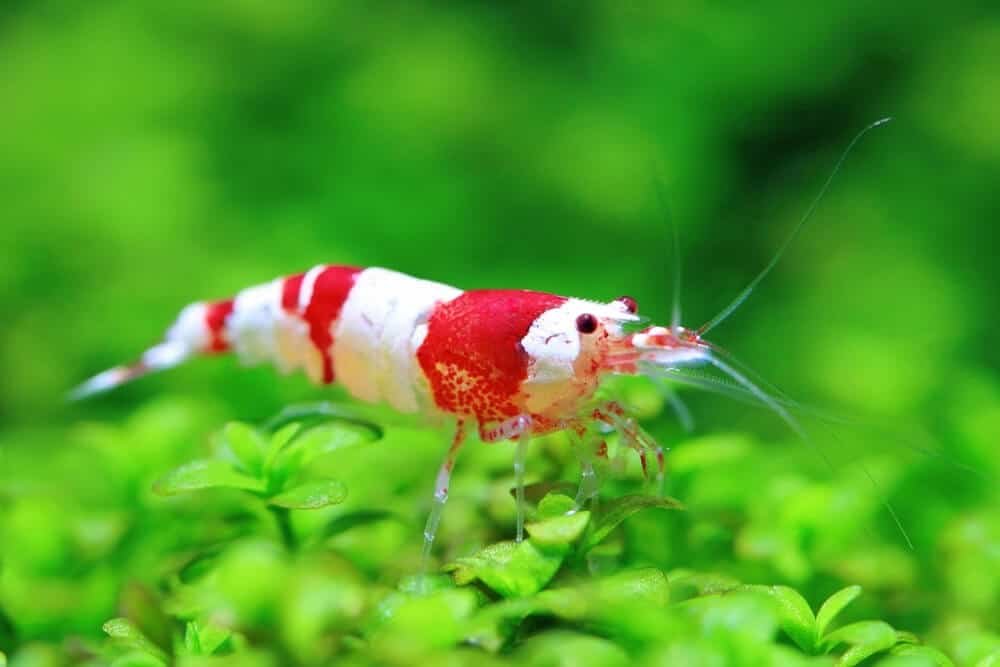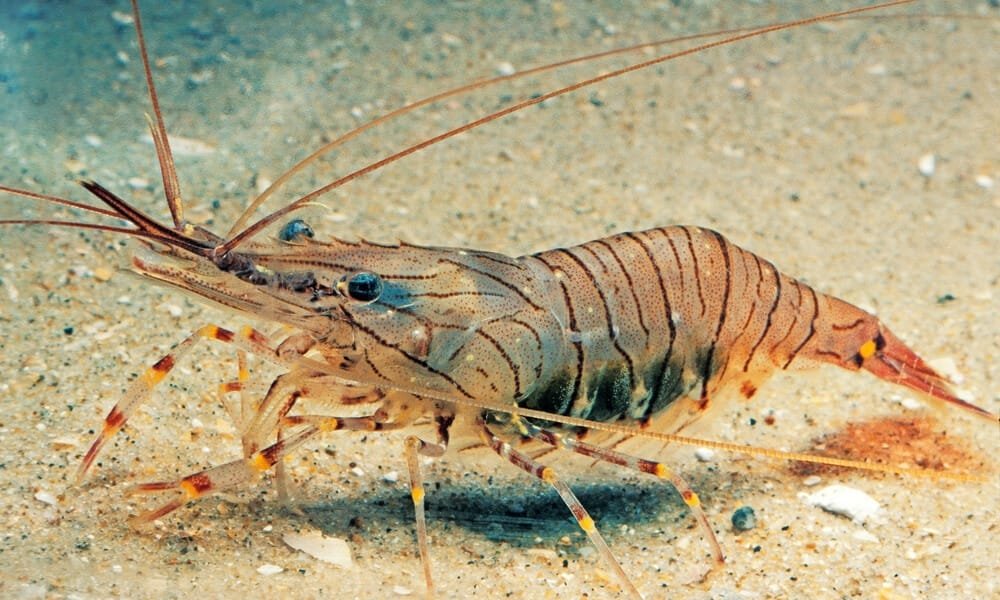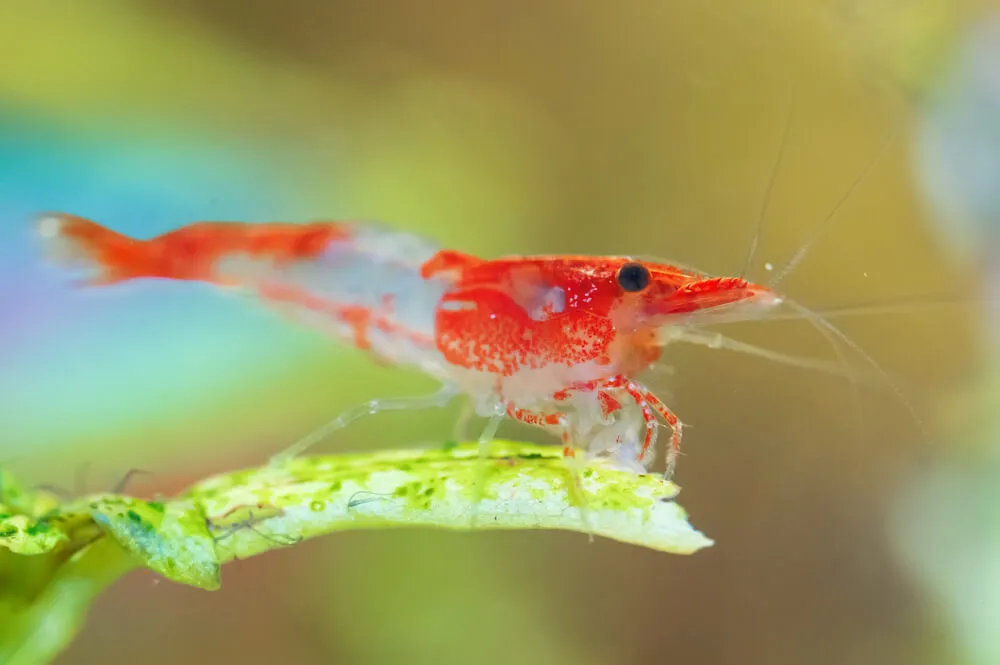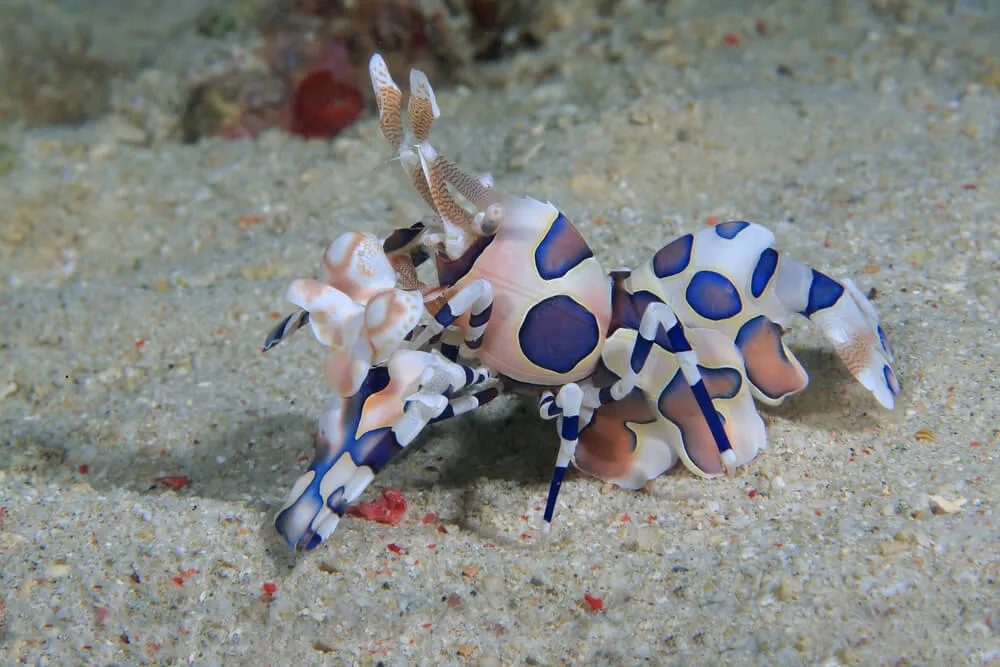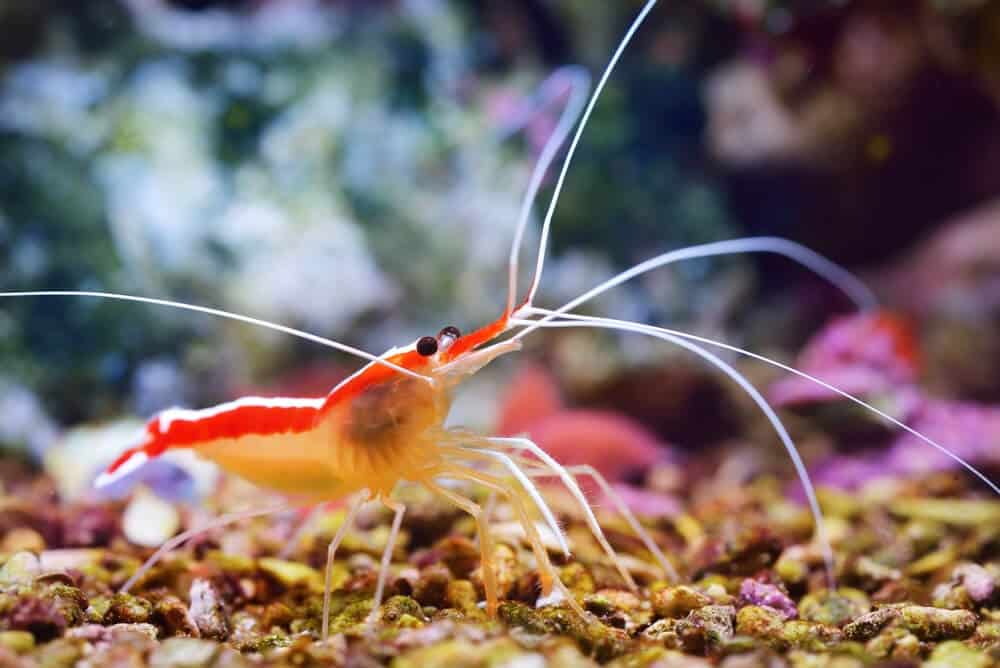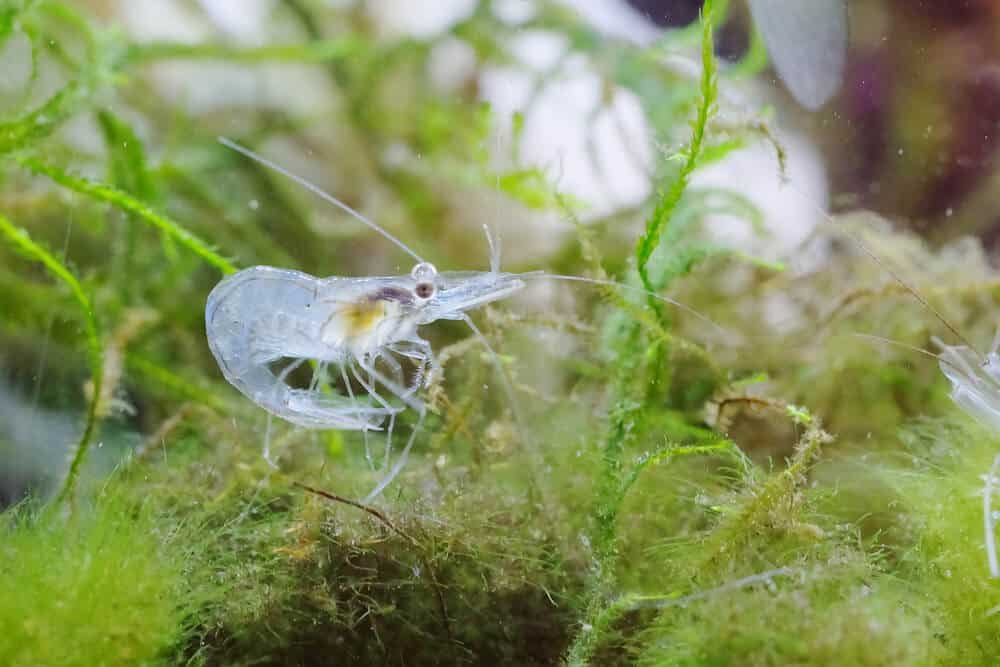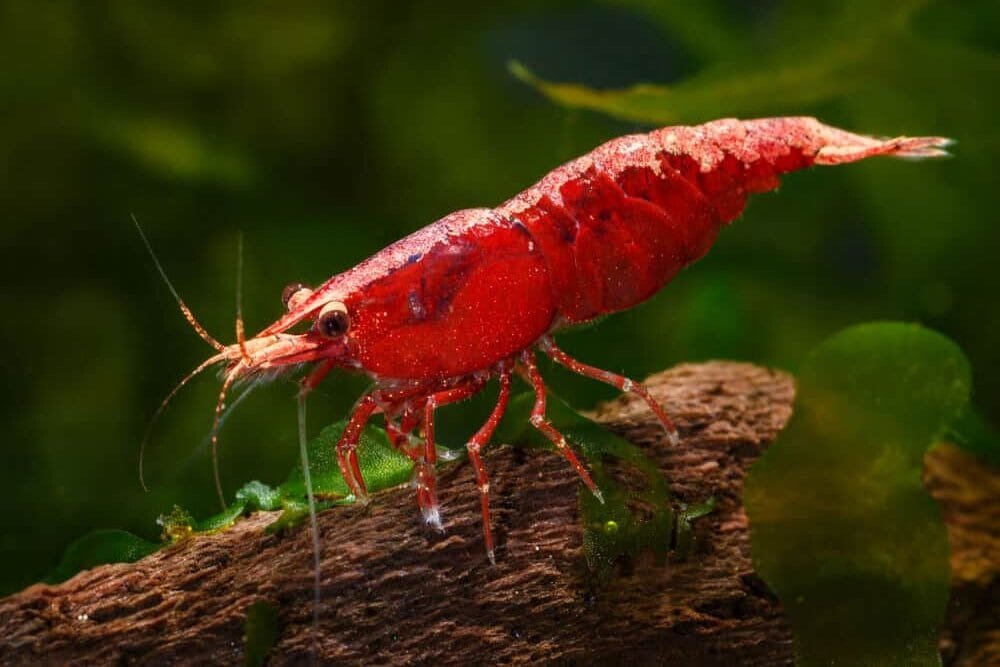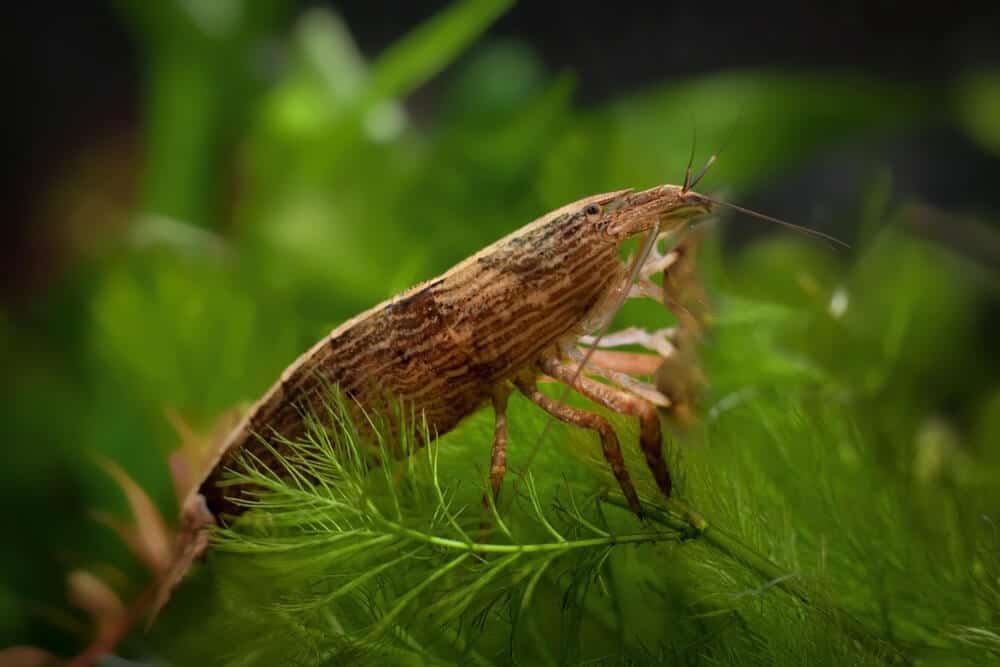Panda Shrimp: Unveiling Their Unique Traits and Tank Requirements
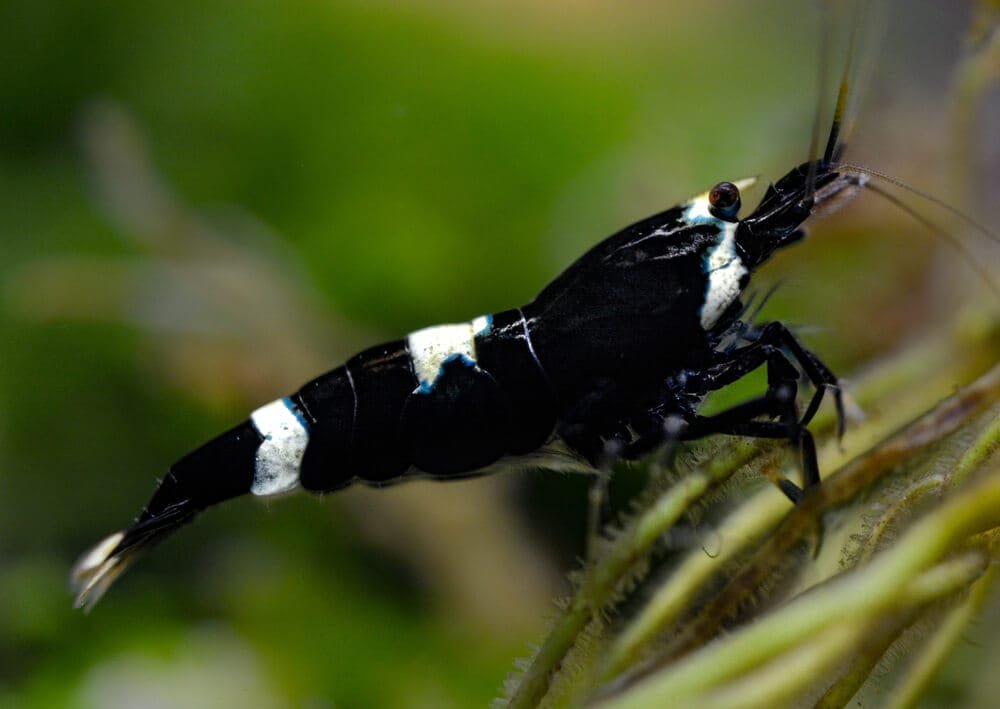
Imagine a world where the adorable features of a panda bear and the gracefulness of a shrimp come together. Well, the incredible reality of “Panda Shrimp” might just blow your mind! With its distinctive coloration and bewitching appearance, this tiny creature has become a sensation in the aquatic world. Get ready to fall head over heels for these charming little creatures as we explore the fascinating world of Panda Shrimp.
Description of Panda Shrimp
Panda Shrimp, also known as Black King Kong Panda Shrimp, is a small freshwater crustacean native to Southeast Asia. This unique species is highly sought after by aquarium enthusiasts for its striking appearance and interesting behavior.
They are named for their resemblance to the beloved giant panda, with their black and white coloration. Their bodies are relatively small, typically reaching a length of about 2 inches (5 centimeters). Their thick exoskeleton is covered in short, bristly hairs, giving them a fuzzy appearance. These shrimp have elongated abdomens and antennae which they use to navigate their environment and communicate with others.
Habitat and Distribution
Panda Shrimp are primarily found in slow-moving rivers and streams in countries such as Thailand, Indonesia, and the Philippines. They make their homes among aquatic plants and structures, such as rocks and logs, where they can find food and seek shelter. Panda Shrimp are highly adaptable to different water conditions, but they thrive in temperatures ranging from 72 to 82°F (22 to 28°C) and with a pH level between 6.5 and 7.5.
Their unique appearance and peaceful nature make Panda Shrimp a popular choice for aquariums. They do well in a freshwater tank with some live plants and hiding spots, as well as water filtration to maintain their desired temperature and pH. It is important to replicate their natural habitat as closely as possible to ensure their well-being.
Physical Characteristics
Panda Shrimp are instantly recognizable due to their distinctive black and white coloration. Their bodies are primarily white with black bands that encircle their outer segments, resembling the markings of a giant panda. These bands give the shrimp an adorable and eye-catching appearance that makes them a favorite among shrimp enthusiasts.
In addition to their striking coloration, Panda Shrimp have a unique body shape. They have a slender, elongated abdomen that tapers towards the end. They use this abdomen to swim gracefully through the water, aided by their long translucent antennae. These antennae also possess sensory hairs that help the shrimp detect food and potential threats in their environment.
Life Cycle of Panda Shrimp
Panda Shrimp undergo a fascinating life cycle, beginning with the hatching of their eggs. The female shrimp carry their eggs on their pleopods, a set of specialized appendages located beneath their abdomen. These eggs can take several weeks to hatch, during which time the female shrimp diligently cares for them, ensuring their survival.
When the eggs hatch, tiny baby shrimp known as larvae emerge. These larvae are generally clear and rely on their yolk sac for nutrition. Over time, the larvae molt their exoskeleton several times, gradually growing and developing more defined features. After a few weeks, the larvae transform into miniature versions of adult Panda Shrimp and are able to venture out on their own.
Diet and Feeding Habits
Panda Shrimp are omnivorous creatures, feeding on both plant matter and small organisms found in their habitat. They use their specialized front claws to collect and manipulate food particles, which they then transfer to their mouths for consumption. In captivity, they can be fed a variety of foods such as algae wafers, small pieces of vegetables, and protein-rich pellets designed specifically for freshwater shrimp.
It is important to note that while Panda Shrimp are generally peaceful, they may occasionally nip at the fins or tails of slow-moving fish if they perceive them as a food source. Therefore, it is essential to ensure compatibility when keeping them in a community aquarium.
Behavior
Panda Shrimp are known for their peaceful and social behavior. They are primarily active during the night, spending their days hiding under rocks or within the dense vegetation of their habitat. They are relatively shy creatures but become more active and confident in the presence of others of their kind.
These shrimp have been observed engaging in interesting behaviors, such as cleaning their bodies by scraping off debris using their front claws. They are also known to engage in a behavior called “swimming,” where they rhythmically wave their abdomen to propel themselves forward. This unique swimming pattern adds to their charm and makes them a delight to watch in the aquarium.
Predators
In their natural habitat, Panda Shrimp face a number of predators that pose a threat to their survival. Fish, turtles, and other larger crustaceans are known to prey on them, as well as certain water birds that may snatch them from the water’s surface. However, their black and white coloration acts as a form of camouflage, allowing them to blend in with the surrounding vegetation and minimizing their risk of predation.
Conservation Status
The conservation status of Panda Shrimp is currently listed as “Least Concern” by the International Union for Conservation of Nature (IUCN). While they may be subject to habitat loss due to deforestation and pollution, their wide distribution and ability to adapt to different environments have helped to sustain their population.
However, it is important for aquarium enthusiasts to ensure that they source their Panda Shrimp from reputable breeders or suppliers to prevent the capture of wild specimens and contribute to the conservation of this species. Additionally, maintaining suitable living conditions in captivity and avoiding overstocking aquariums can help ensure the well-being of Panda Shrimp populations.
Interesting Facts about Panda Shrimp
- Panda Shrimp have a symbiotic relationship with certain fish species, cleaning them of parasites and dead skin cells. This mutually beneficial behavior is known as “cleaning symbiosis.”
- Despite their small size, Panda Shrimp have a relatively long lifespan for invertebrates, with some individuals living up to 3 years in captivity.
- The unique black and white coloration of Panda Shrimp serves as a warning to potential predators, signaling that they may be toxic or unpalatable.
- Panda Shrimp are highly sensitive to changes in water quality, making them excellent indicators of overall aquarium health.
- Throughout their life cycle, Panda Shrimp undergo a series of molts, shedding their old exoskeleton to allow for growth and development.
Conclusion
Panda Shrimp are fascinating creatures that bring a touch of nature’s beauty to aquariums around the world. Their striking black and white coloration, unique body shape, and interesting behaviors make them a captivating addition to any freshwater tank. With proper care and attention to their specific needs, these charming creatures can thrive and provide endless hours of enjoyment for those fortunate enough to have them as part of their aquatic community. Let’s continue to appreciate and conserve these incredible creatures to ensure their ongoing presence in our aquatic ecosystems.
